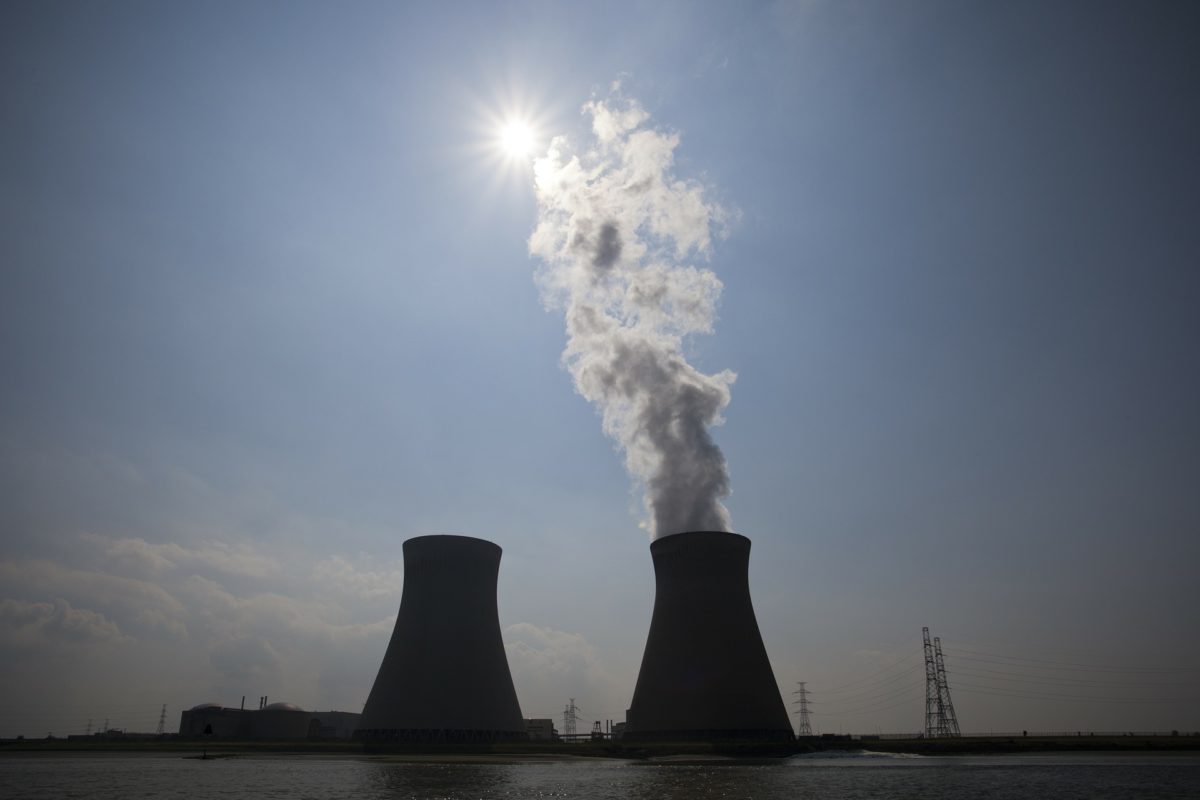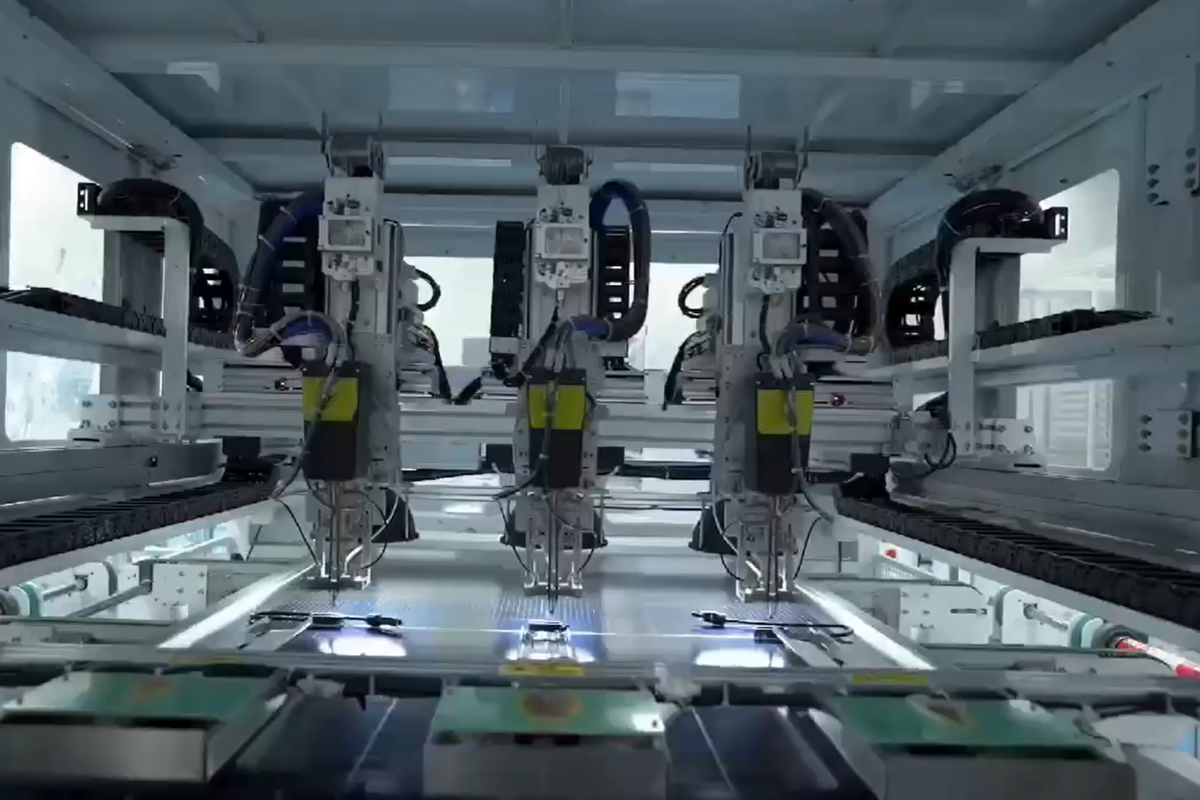Climate change is a global problem that needs a global solution. Freeriding and climate fairness are the two main issues in reaching meaningful international agreements on reducing carbon emissions.
The European Green deal sets the goal of a 55% reduction in carbon emissions compared to 1990 levels by 2030, and to make it a climate-neutral continent by 2050. The European Parliament has given the green signal to the European Commission’s plan to decarbonize its economy by 2050, by approving the proposed Carbon Border Adjustment Mechanism (CBAM). It helps to reduce the risk of carbon leakage and to level the field for EU industries working to decarbonize their production processes. This will be done by imposing a carbon tariff on carbon-intensive products such as cement and electricity imported by the EU.
The CBAM is likely to take effect in 2026 with reporting stated in 2023. But it is impossible to stop global warming or climate change overnight or even over the next several decades, we can slow the rate and limit the amount of global warming by reducing human emissions of heat-trapping gases and soot.
In today’s time, every kind of cooling machine and air conditioner contains chemical refrigerants that absorb and release heat, making it possible to chill food and keep buildings and vehicles cool. Many harmful gases, especially chlorofluorocarbons (CFCs) and hydro chlorofluorocarbons (HCFCs), were once key culprits in depleting the stratospheric ozone layer, which is essential for absorbing the sun’s ultraviolet radiation. It can warm the atmosphere 1,000 to 9,000 times greater than that of carbon dioxide, depending on its exact chemical composition.
The process of phasing out HFCs will take many years, and they will persist in kitchens and condensing units in the meantime. Approximately 90 percent of emissions happen at disposal. When we remove them carefully and store them, refrigerants can be purified for reuse or transformed into other chemicals that do not cause warming.
To slow or even reduce global warming many measures can be taken such as “climate engineering” or “geoengineering.” Some geoengineering plans call for injecting reflecting particles into the highest layer of the atmosphere to scatter and reflect sunlight back to space, which would chill the Earth’s surface. The measure of seeding the oceans with iron to stimulate large-scale phytoplankton blooms, thereby drawing down carbon dioxide out of the atmosphere through photosynthesis. Many reports released oppose the undertaking of geoengineering until we have a much better understanding of the possible side effects. There are many unresolved legal and ethical issues that are surrounding geoengineering.
Many pieces of research suggest that fossil fuels can side-line zero-emission wind energy during the mid-twentieth century. Wind energy has its challenges. The weather is not the same everywhere. The wind has a variable nature, there are times when turbines are not turning. Turbines are noisy, aesthetically unpleasant, and at times deadly to bats and migrating birds.
Today, approximately more than 3, 14,000 wind turbines supply 3.7 percent of global electricity. The number will soon be much more. According to a research report in 2015, a record 63 gigawatts of wind power were installed around the world, despite a dramatic drop in fossil-fuel prices. Wind Energy is less expensive than coal-generated electricity.
Many modern technologies make it easier to overcome fluctuations in electricity supply and demand. These interconnected grids can shuttle power to where it is needed. With the help of newer turbine designs, one can address concerns over bird and bat deaths with slower-turning blades and siting practices to avoid migration paths. Rapid and constant cost reductions will make wind energy the least expensive source of installed electricity capacity, perhaps within a decade.
Now, we can say that the era of fossil fuels is over, and the only question is when the new era of clean energy will be upon us. Solar photovoltaics meets two per cent of the global electricity requirement. Over the past decade, we have seen exponential growth in solar photovoltaics (PV). Distributed systems of less than 100 kilowatts of power accounted for roughly 30 percent of solar PV capacity installed worldwide in the year 2015.
The production of PV panels involves emissions, they generate electricity without emitting greenhouse gases or air pollution. PV produces energy at the site of consumption when we place them on a grid-connected roof, avoiding the inevitable losses of grid transmission. It helps utilities to meet the demand by feeding unused electricity into the grid, especially in summer.
The “net metering” policy can make solar panels financially feasible for homeowners. Rooftop PV is very affordable. It is now becoming a powerful tool for eliminating poverty. It helps to create jobs and energizes local economies. Today all around the world, rooftop module installations are surging because of their affordability. These benefit from a virtuous cycle of falling costs, driven by incentives to accelerate their development and implementation, economies of scale in manufacturing, advances in panel technology, and innovative approaches for end-user financing.
Many startups and companies deal with measuring the carbon footprints of individuals and organizations and help them to erase that and make the environment a better place to live. They are developing many digital tools to help people take action on climate change. The goal of calculating and eradicating the carbon footprint is to effectively counteract climate change. We all should envisage a society in which everyone, including individuals and businesses, operate carbon neutrally, i.e., all entities reduce their carbon footprint by adopting sustainable practices and pay for their unavoidable carbon imprint by reducing their carbon footprint.
The reforms in the pricing of electricity by way of dismantling a system that relies on the industry to subsidize residential use of electricity, a market design that does not penalize renewable energy, and promoting grid-connected distributed energy such as grid-connected roof-top solar are critical to the decarbonization of the economy.
Lowsoot is an environmental startup company.
The views and opinions expressed in this article are the author’s own, and do not necessarily reflect those held by pv magazine.
This content is protected by copyright and may not be reused. If you want to cooperate with us and would like to reuse some of our content, please contact: editors@pv-magazine.com.








By submitting this form you agree to pv magazine using your data for the purposes of publishing your comment.
Your personal data will only be disclosed or otherwise transmitted to third parties for the purposes of spam filtering or if this is necessary for technical maintenance of the website. Any other transfer to third parties will not take place unless this is justified on the basis of applicable data protection regulations or if pv magazine is legally obliged to do so.
You may revoke this consent at any time with effect for the future, in which case your personal data will be deleted immediately. Otherwise, your data will be deleted if pv magazine has processed your request or the purpose of data storage is fulfilled.
Further information on data privacy can be found in our Data Protection Policy.